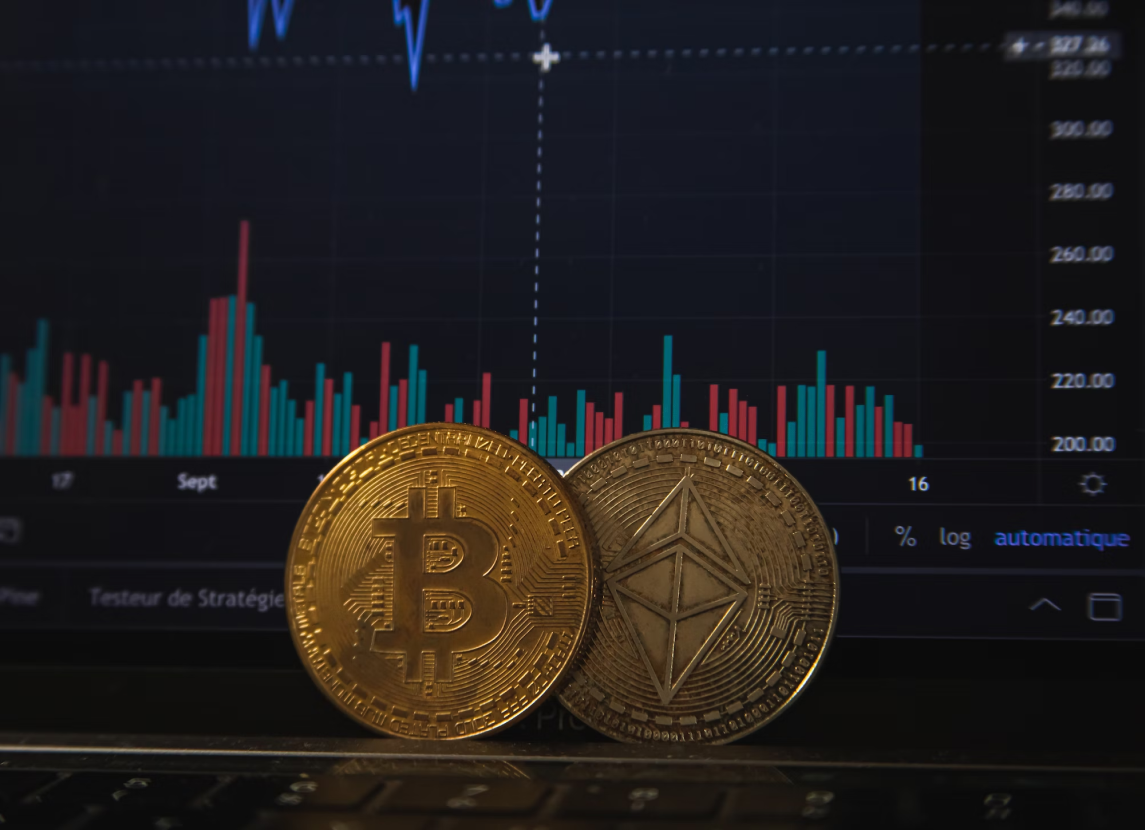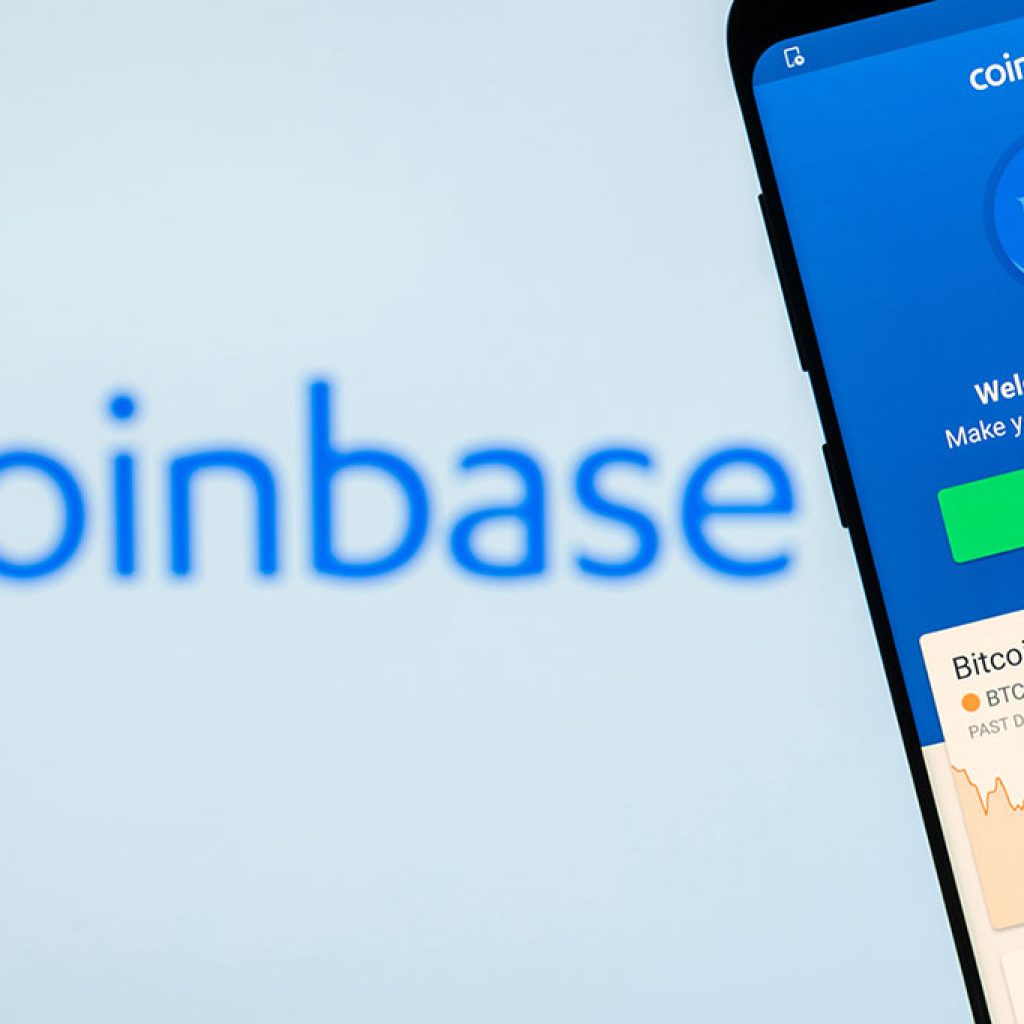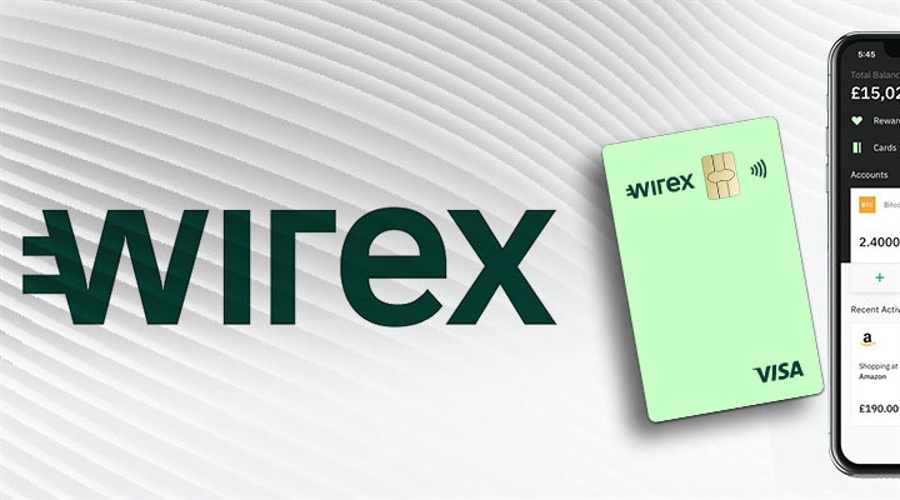Circle, a leading blockchain payments firm, has addressed inquiries about the potential integration of its USDC stablecoin with the XRP Ledger (XRPL). The XRP Ledger, known for its low transaction fees and robust security, hosts over 1,500 projects, drawing attention for its scalability and efficiency. Despite the attractiveness of XRPL and its status as one of the oldest secure networks, major stablecoins like USDC and Tether have not yet made their way onto the platform. This has sparked curiosity among blockchain enthusiasts and developers, leading to questions about the future presence of these stablecoins on XRPL.
The conversation gained momentum when Panos Mekras, a noted crypto author and XRPL developer, reached out to Circle. Mekras, the founder of the XRPL-based protocol Anodos, inquired about the absence of USDC on the XRPL platform. He highlighted the benefits that such an integration would bring to projects like Anodos. Circle’s response indicated openness to expanding USDC and EURC across more blockchains yet confirmed that there were no immediate plans to support XRPL. This response has fueled discussions within the XRP community, especially considering the recent implementation of a Clawback feature on XRPL, which allows the retraction of assets in certain scenarios.
The role of Ripple in USDC’s XRP Ledger integration
The dialogue between Circle and the XRP community has inadvertently shone a light on Ripple Labs’ perceived role within the XRPL ecosystem. Circle’s reference to conversations with Ripple Labs as a potential avenue for XRPL support surprised some community members. Ripple, while a significant contributor, is one of many developers within the decentralized XRPL network. This decentralized nature has led to debates about the necessity of involving Ripple in discussions about integrating major stablecoins like USDC onto the XRPL. The situation highlights the complexities of collaboration and integration in the decentralized digital currency space, underscoring the importance of clear communication channels within the blockchain community.
Circle’s cautious approach towards expanding USDC onto XRP Ledger has been speculated to stem from competitive dynamics in the blockchain payments arena, particularly with Ripple. However, proponents of USDC’s integration, like Mekras, argue that Ripple’s role as one builder among many on the XRPL should not deter the move. They point out that USDC’s presence on the Stellar network, which also involves collaboration with a competing payments firm, sets a precedent for such an expansion. Advocates for USDC’s integration with XRPL believe it would foster greater adoption of USDC while benefiting the XRPL ecosystem by enhancing its decentralized exchange and the forthcoming Automated Market Maker (AMM) feature.
Mutual benefits of USDC integration with XRPL
The potential integration of USDC into the XRPL ecosystem presents numerous advantages. For Circle, bringing USDC to XRP Ledger could significantly expand the stablecoin’s adoption and utility across various blockchain projects and applications. This move would not only benefit Circle by broadening USDC’s market reach but also enhance the XRPL platform’s appeal to developers and users alike. The integration is seen as a way to mitigate risks associated with using gateways to access USDC, thereby providing a more direct and secure means of leveraging stablecoins within the XRPL environment.
As discussions continue, the blockchain community eagerly anticipates further developments regarding the integration of USDC with the XRP Ledger. Such an expansion would mark a significant milestone in the journey toward interoperability and mutual support among blockchain networks, potentially setting a new standard for collaboration in the digital currency space. The ongoing dialogue between Circle and the XRP community underscores the dynamic nature of blockchain development and the continuous search for innovation and improvement within the sector.





